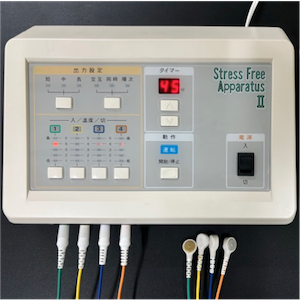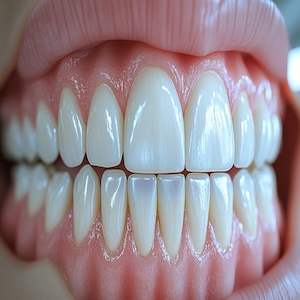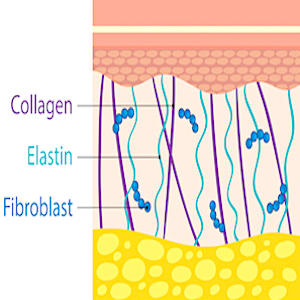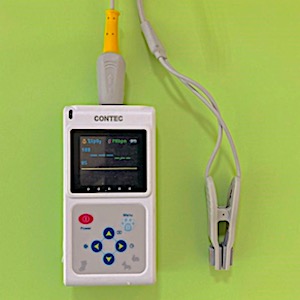Infectious keratitis after photorefractive keratectomy, femtosecond-LASIK and lenticule extraction in a 100,000-eye case series

All claims expressed in this article are solely those of the authors and do not necessarily represent those of their affiliated organizations, or those of the publisher, the editors and the reviewers. Any product that may be evaluated in this article or claim that may be made by its manufacturer is not guaranteed or endorsed by the publisher.
Accepted: 14 February 2024
Authors
This study evaluates the incidence and outcome of infectious keratitis after laser vision correction by photorefractive keratectomy (PRK), femtosecond LASIK, and keratorefractive lenticule extraction (KLEx) in a retrospective, consecutive, single-institute series. Patients with presumed infectious keratitis between 2011 and 2023 were analyzed. In PRK, manual deepithelialization was done, and mitomycin C was used with spherical equivalents greater than 3 diopters. Femtosecond LASIK and KLEx were performed with an LDV Ziemer laser; the interface was rinsed in both techniques. All treatments received post-operative netilmicin eyedrops. Finally, 106269 eyes of 54278 patients were included; 6 eyes of 6 patients were identified as having infectious keratitis (3 by staphylococci, 3 culture-negative). The overall incidence of infectious keratitis was 0.0056% (0.0164% after PRK, 0.0023% after femtosecond LASIK, 0.1366% after KLEx; Chi2 p<0.00001). The odds ratio for PRK compared to LASIK was 7.2 (p=0.0307); for KLEx compared to LASIK 59.7 (p=0.0008). Presentation after KLEx (2 days) was earlier than after PRK (5, 4, and 5 days) and LASIK (6 and 4 days). In all cases, hourly fortified cefazolin and tobramycin eyedrops were used, with a good response: 3 eyes maintained a 20/20 uncorrected visual acuity; 2 eyes 20/20 with myopic astigmatism; 1 eye ended 20/25 with correction because of irregular astigmatism. In conclusion, infectious keratitis was a rare complication, more common after KLEx and less common after femtosecond-LASIK. Only 3/6 cases had a positive culture. All the cases in our series had a favorable outcome.
How to Cite

This work is licensed under a Creative Commons Attribution-NonCommercial 4.0 International License.










